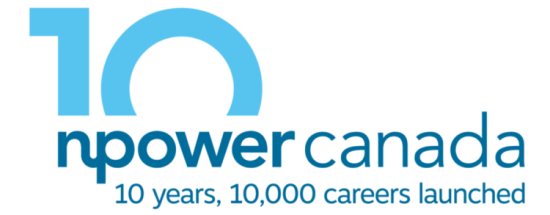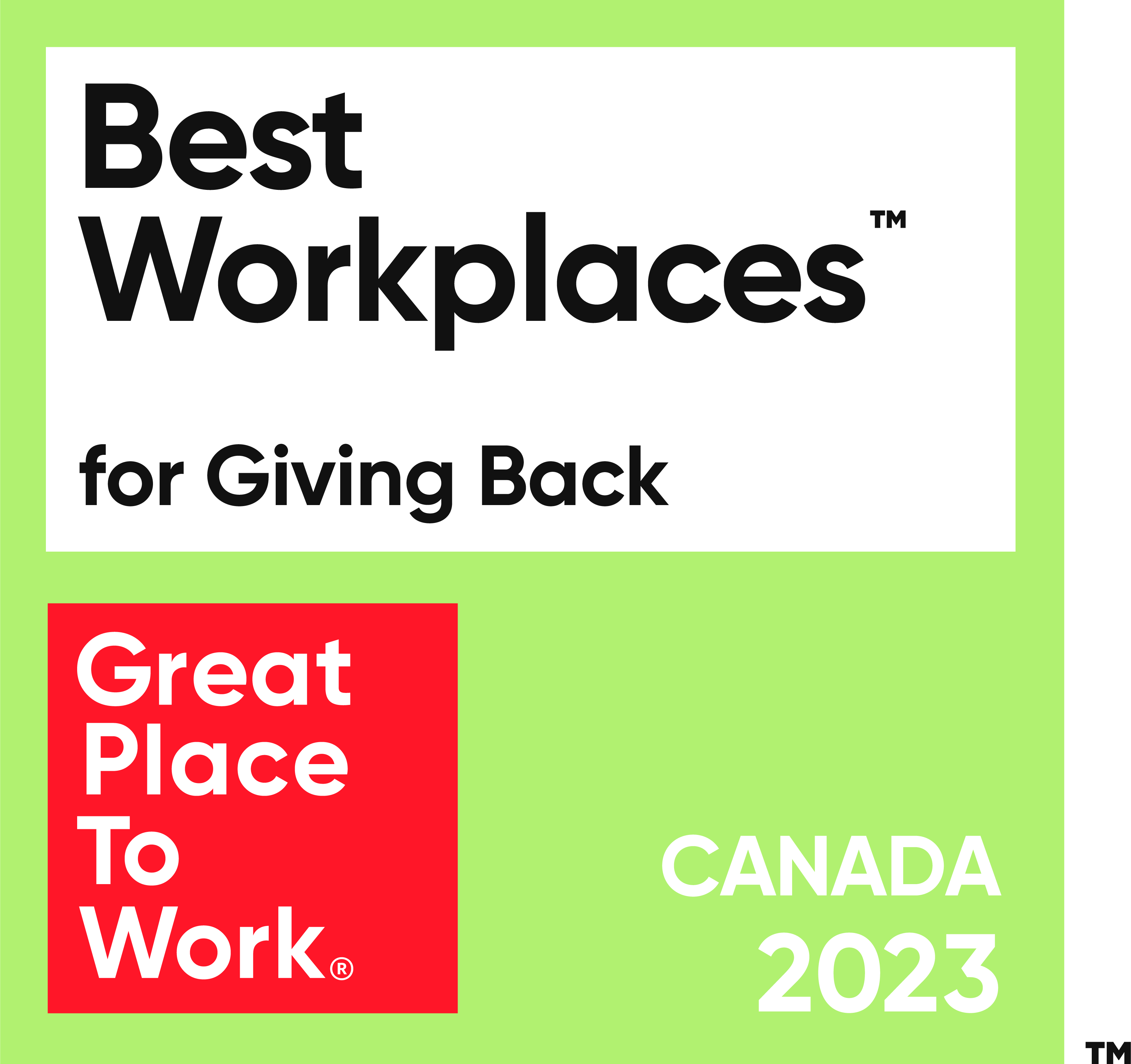We are so thrilled to announce that through a partnership with Microsoft, Blueprint, Canada’s Digital Technology Supercluster, and NPower Canada, the Canadian Tech Talent Accelerator Program has been developed. The program addresses the growing tech skills gap in Canada with a goal of training 3,900 underrepresented youth for digital careers.
Below you can find the links to both English and French versions of Microsoft’s Customer Story about the Canadian Tech Talent Accelerator program.
“With NPower Canada, Microsoft, and our external evidence partner, Blueprint, we’ve created a diverse mosaic of perspectives focused on making sure that young Canadians have access to the skills development, job training, and job experiences to meet the needs of Canadian employers.
~ Sue Paish: Chief Executive Officer, Canada’s Digital Technology Supercluster
The diverse mosaic of perspectives lent by the partnership allows us to design the program in a way that matches what Canadian employers are looking for. While the tech jobs exist – and are currently vacant – rapid digital transformation means that would-be personnel are without the skills required to fulfill the positions available. The Canadian Tech Talent Accelerator program’s mission is to upskill individuals to address youth unemployment.
As our Chief Operating Officer, Andrew Reddin, stated as part of NPower Canada’s Microsoft’s Customer Story, “NPower Canada prioritizes individuals who belong to underserved communities and face intersectional barriers to the labor market.” Reddin continued, “over 85 percent of the youth we serve are Black, Indigenous, and people of color. Additionally, last year 46 percent of our enrollees were female, and we continue to strive to achieve gender parity across our programs. Microsoft and the Digital Technology Supercluster are as deeply invested in creating a more inclusive technology workforce as we are. That’s why working in close partnership with them is so very important to us.”



